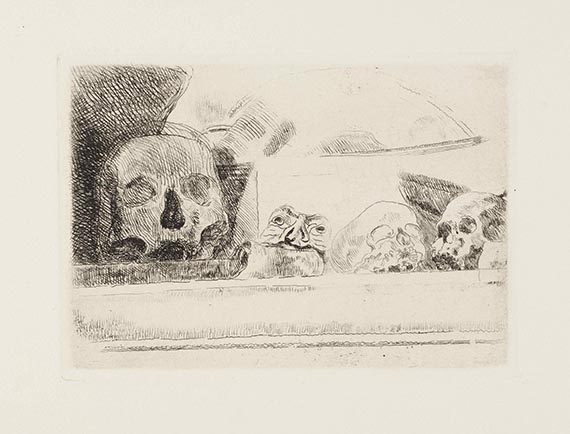
László Moholy-Nagy
Bácsbarsod/Ungarn
1895 -
Chicago
1946
By the time László Moholy-Nagy turned towards painting after graduating from law school and developed his own abstract style influenced by Malewitsch and El Lissitzky, it was inevitable that he would become one of the most important artists of Constructivism. He soon exposed himself in Hungary as the founder of the artist group "Ma", but left his home country after the failure of the revolution.
He moved to Berlin In 1920 where Gropius noticed him and invited him to join the "Bauhaus" in 1923. There Moholy-Nagy ran the metal class but also worked in all other areas of design in which he was equally influential. The artist published his ideas in the series of Bauhaus books, for example "Malerei, Fotografie, Film" (1925). Moholy-Nagy wanted an "experimental, functional artist […] who considers art as a laboratory for new forms of expression which were then supposed to be employed in all areas of modern life" (Karin Thomas).
The expectations of the age of technology and his new media led Moholy-Nagy to a functional use of Abstraction, which he managed to show in all areas of design and which guided him through different phases of experimenting. His varied oeuvre ranges from painting, photography, film, design and stage design to experiments with photograms which considerably influenced the development of light art and kinetic art. László Moholy-Nagy left the "Bauhaus" in 1928 together with Gropius and worked in Berlin as a stage designer, exhibition organiser, typographer and film producer. He emigrated to the USA in 1937 and ran the "New Bauhaus" in Chicago. Moholy-Nagy opened his own art institute, the "School of Design", in Chicago in 1938 and enlarged it in the following years by adding the faculties economics, psychology and information theory.
László Moholy-Nagy became severely ill and died one year later, in 1946.
Would you like to sell a work by László Moholy-Nagy?
Infos for seller







